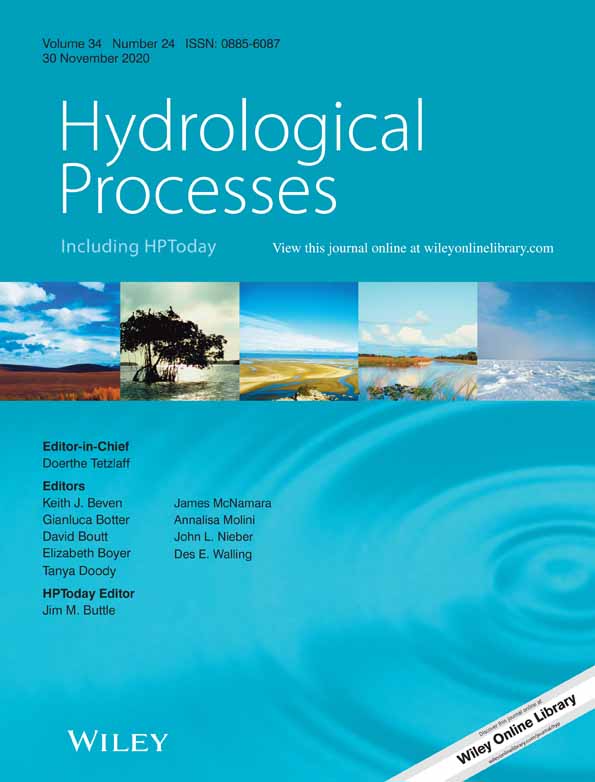Hammond Hill Research Catchment: Supporting hydrologic investigations of rooting zone and vegetation water dynamics under climate change
Funding information: Great Lakes Research Consortium; National Science Foundation; American Geophysical Union
Abstract
The Hammond Hill Research Catchment (HH) is a small (120 ha), temperate, second order tributary to Six Mile Creek, Cayuga Lake, and the Great Lakes (42.42°, −76.32°). The HH has been monitored since January 2017 for the purpose of understanding how recent infiltration mixes with antecedent soil water on hillslope forest floors and the spatial and temporal patterns of Root Water Uptake (RWU) by temperate northeastern US tree species (eastern hemlock [Tsuga canadensis], American beech [Fagus grandifolia], and sugar maple [Acer saccharum]). These data are informing us about the hydrologic consequences of anticipated tree species composition change and supporting the development of more refined ecohydrological models. The glaciated catchment is underlain by a shallow confining siltstone layer (1–1.5 m depth) and densely covered with an approximately 60 year old regrowth mixed species forest of hemlock, beech, and other deciduous tree species common to the northeastern US. Current datasets from the HH include precipitation snow water equivalent, discharge, and associated isotopic water compositions, δ2H & δ18O. Measurements of (top 10 cm) soil water content, as well as bulk soil water and hemlock and beech xylem isotopic compositions are made at several locations across a topographic wetness gradient. The near-term role of the HH is to support an understanding of the environmental and ecological drivers of plant RWU competition. All data from the HH are publicly available.
Open Research
DATA AVAILABILITY STATEMENT
The Hammond Hill Research Catchment-Hydrologic Data are publically available at Knighton, Souter-Kline, et al. (2020) (http://www.hydroshare.org/resource/1bf8b01413e841439c762a9ec291b932). All datasets are cleaned with outliers removed. Where appropriate, raw sensor output and field notes are provided. For more information on the available datasets, please communicate with the lead author [email protected].




